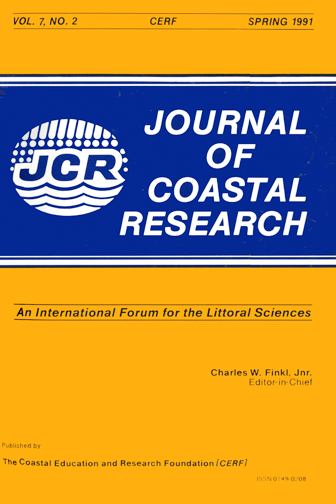Expansion Patterns and Soil Physicochemical Characterization of Three Louisiana Populations of Uniola paniculata (Sea Oats)
Keywords:
Barrier island, coastal erosion, dune vegetation, vegetative spread, vegetative reproductionAbstract
The only three sizeable populations of Uniola paniculata (sea oats) on the Louisiana coast west of the Mississippi River delta were studied to determine if these populations were in a state of expansion or deterioration. The populations have become established in areas with a mean water-table depth of 129 cm, which although shallow is sufficiently deep to alleviate any signs of water-logging stress. Soil nutrient concentrations and pH were generally lower inside the populations compared to adjacent unvegetated areas. Despite very low sand accretion within the populations (<0.1 m yr-1), vegetative lateral expansion (lateral spread) exceeded 1 m yr-1 during years with mild weather conditions, whereas years with severe overwash events resulted in a net loss of population area. The mean rate of lateral expansion of the populations over three years was 0.58 m yr-1 with the greatest mean migration being to the northwest (away from the eroding coast) at a rate of 0.85 m yr-1. Since seed production rates in these populations are very low, colonization of new sites is extremely improbable and any population expansion is believed to be solely the result of vegetative lateral expansion. The extremely limited distribution of this species along the Louisiana coast is best explained by its reliance on vegetative reproduction, which although at rates comparable to areas where Uniola is dominant, is often not sufficient to keep pace with the rate of coastline retreat along the highly erosional, low elevation Louisiana coast.


